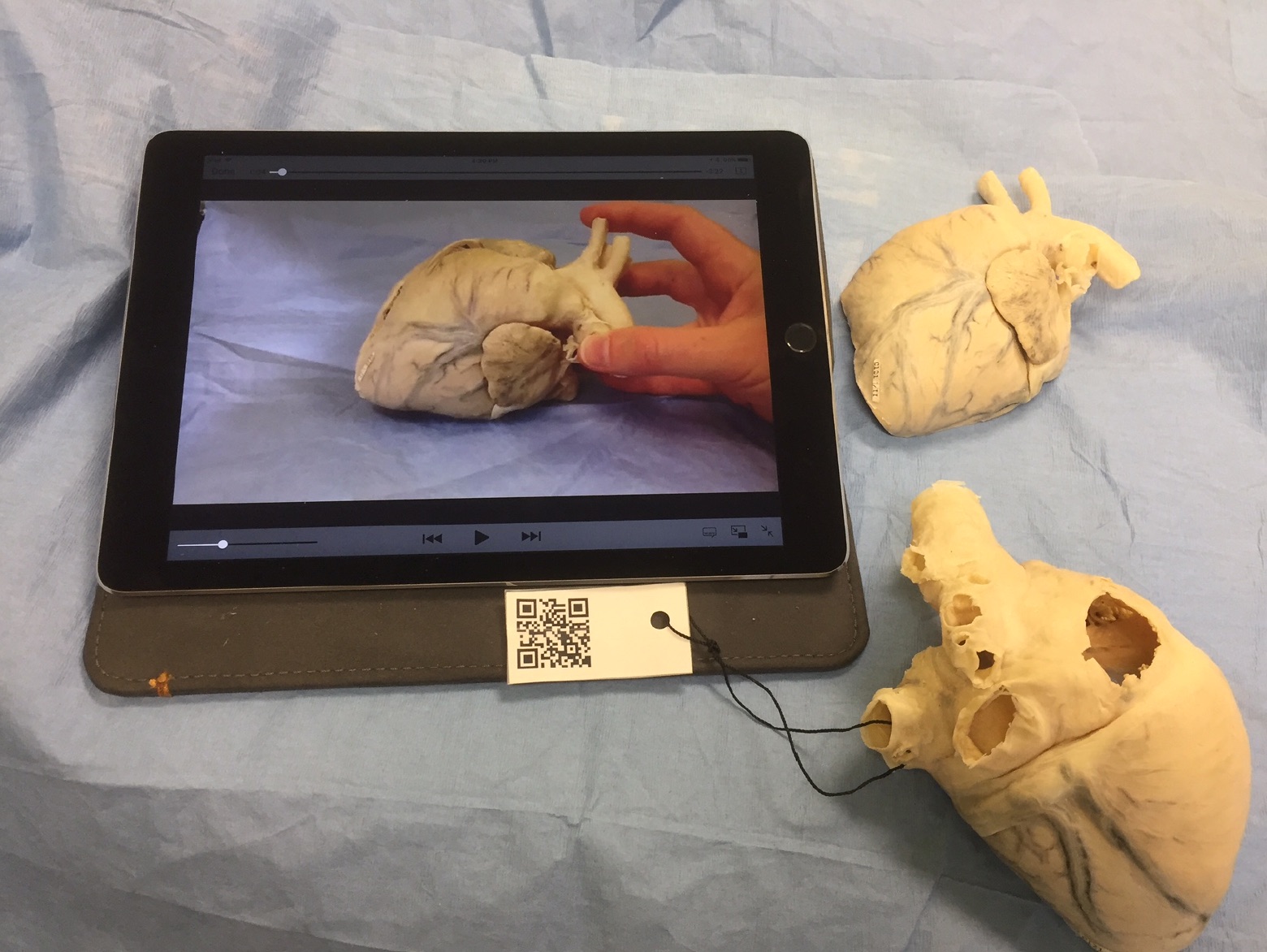61

I am aware that this chapter may appear somewhat abstract and theoretical, but in any subject domain, it is important to understand the foundations that underpin practice. This applies with even more force to understanding media and technology in education, because it is such a dynamic field that changes all the time. What seem to be the major media developments this year are likely to be eclipsed by new developments in technology next year. In such a shifting sea, it is therefore necessary to look at some guiding concepts or principles that are likely to remain constant, whatever changes take place over the years.
So in summary here are the main points that I have been emphasising throughout this chapter.
Key Takeaways
- Technologies are merely tools that can be used in a variety of ways. What matters more is how technologies are applied. The same technology can be applied in different ways, even or especially in education. So in judging the value of a technology, we need to look more closely at the ways in which it is being or could be used. In essence this means focusing more on media – which represent the more holistic use of technologies – than on individual tools or technologies themselves, while still recognising that technology is an essential component of almost all media.
- By focusing on media rather than technologies, we can then include face-to-face teaching as a medium, enabling comparisons with more technology-based media to be made along a number of dimensions or characteristics.
- Recognising that in education media are usually used in combination, the six key building blocks of media are:
- face-to-face teaching
- text
- (still) graphics
- audio (including speech)
- video
- computing (including animation, simulations and virtual reality)
- Media differ in terms of their formats, symbols systems, and cultural values. These unique features are increasingly referred to as the affordances of media or technology. Thus different media can be used to assist learners to learn in different ways and achieve different outcomes, thus also individualising learning more.
- There are many dimensions along which some technologies are similar and others are different. By focusing on these dimensions, we have a basis for analysing new media and technologies, to see where they ‘fit’ within the existing landscape, and to evaluate their potential benefits or limitations for teaching and learning.
- There are probably other characteristics or dimensions of educational media that might also be identified, but I believe these three key characteristics or dimensions to be the most important:
- synchronous (live) vs asynchronous (recorded)
- broadcast vs interactive
- single vs rich media
- However, the identification of where a particular medium fits along any specific characteristic or dimension will depend in most cases on how that medium is designed. At the same time, there is usually a limit to how far a technology can be forced along one of these dimensions; there is likely to be a single, ‘natural’ position on each dimension, subject to good design, in terms of exploiting the educational affordances of the medium.
- These characteristics or dimensions of media then need to be evaluated against the learning goals and outcomes desired, while recognising that a new educational medium or application might enable goals to be achieved that had not been previously considered possible.
- Over time, media have tended to become more interactive, asynchronous, and ‘rich’, thus offering teachers and learners more powerful tools for teaching and learning.
- The Internet is an extremely powerful medium because through a combination of tools and media it can encompass all the characteristics and dimensions of educational media.
Activity 7.8 Analysing your current use of technology
1. Take one of the courses you are teaching at the moment. How could you make your teaching more interactive, asynchronous, and rich in media? What media or technologies would help you do this?
2. Write down what you would see as (a) the advantages (b) the disadvantages of changing your teaching in this way.
3. Do you think applying the three dimensions described here will be useful when deciding whether or not to use a new technology? If not, why not?
The next chapter should provide more feedback on your answers.
